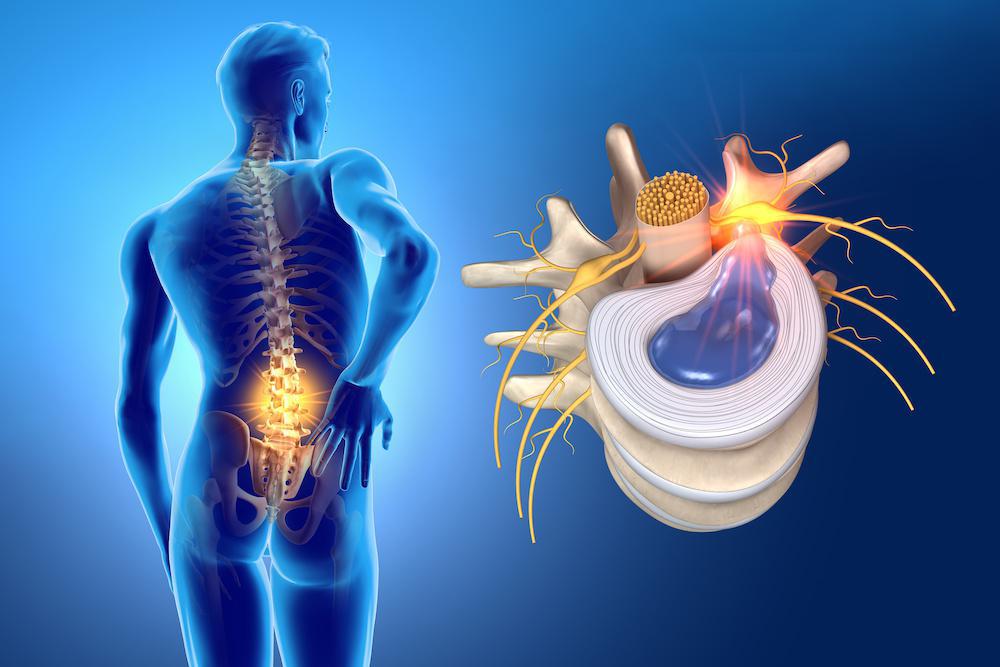Existing alongside pain is an invasive journey, influencing not just bodily health but also emotional well-being. Grasping the relationship between the two aspects is vital for successful discomfort relief. Discomfort is a intricate and individual phenomenon, deeply influenced by both biological and emotional factors. This piece explores into the multifaceted world of pain management services and modalities, highlighting how psychological well-being plays a pivotal role in reducing discomfort and improving living standards.
Beginning with identifying the distinctions between acute and long-term pain to exploring various therapy strategies, we present a comprehensive overview to discomfort control. By analyzing treatments that include physical, emotional, and alternative approaches, readers will learn how incorporating emotional practices—such as mindfulness, meditation, and stress reduction—can strongly affect pain sensations. Join us on this expedition to discover how a integrated approach to pain management can help individuals regain control over their existence, allowing them to navigate the challenges of pain with resilience and hope.
Comprehending Pain and Its Types
Discomfort is a complicated plus subjective feeling that serves as a essential signal showing possible injury to the physical self. find out can arise from diverse causes, including wounds, sickness, or mental health issues. Understanding pain involves acknowledging its multifaceted character, which is influenced by both bodily and mental health. Efficient pain treatment necessitates a comprehensive strategy that takes into account these different aspects.
There are a couple of primary types of pain: sharp and chronic. Sharp pain typically happens instantly and is often linked to a particular injury or illness. It serves as a defensive mechanism, prompting individuals to react and avoid additional injury. On the other hand, long-lasting pain persists for an extended duration, often extending beyond the usual healing period. Long-lasting discomfort can develop from sharp pain or arise without an apparent cause, resulting to significant challenges in everyday life and overall well-being.
Diverse kinds of pain may need varied treatment strategies. For instance, tissue discomfort results from injury, while neuropathic discomfort arises from nerve damage. Each type requires a focused method, whether via drugs, physiotherapy treatments, or complementary therapies. By identifying the characteristics of the pain being felt, healthcare providers can develop efficient, personalized care strategies tailored to meet specific requirements.
Pain Management Strategies
Effective pain management requires a diverse approach, integrating different therapies and treatments tailored to personal needs. One key strategy is the use of physical therapy, which focuses on enhancing movement and strength while also lessening pain. Through physical activities, manual therapy, and modalities like heat or cold treatment, physiotherapists develop customized programs that enhance mobility and function, particularly in patients dealing with persistent pain disorders. Additionally, proper guidance from a physical therapist helps patients learn techniques to manage pain in daily activities, ultimately resulting in better quality of life.
Another essential component of pain management is the integration of complementary treatments, such as chiropractic care and massage therapy. Chiropractic adjustments can realign the spine and improve neurological health, which may ease back pain and headaches. Similarly, massage therapy helps decrease muscle tension and improve circulation, promoting relaxation and pain relief. Both therapies focus on enhancing bodily function and supporting overall wellness, making them important options for those seeking non-pharmaceutical approaches to pain management.
In addition to manual therapies, the use of mindfulness and meditation techniques has gained recognition for its role in managing pain. Practices such as mindfulness meditation allow individuals to develop awareness of their pain without judgment, lowering the perception of pain intensity. This mental approach, coupled with physical treatments, can help patients to better manage their conditions. Incorporating these strategies into a well-rounded pain management plan can lead to advancements in pain relief and boost overall mental health, showing the interconnectedness of mind and body in managing pain effectively.
The Convergence of Mental Health and Pain Management
Mental health plays a critical role in the perception of pain and its management. People coping with mental health issues such as anxiety, depression, or tension often report increased sensitivity to pain. This relationship can create a negative feedback loop: pain worsens mental health struggles, and poor mental health can intensify the perception of pain. Understanding this link is important for successful pain management, as addressing psychological well-being can lead to improved outcomes in pain relief.
Several pain management treatments incorporate mental health strategies to increase efficacy. Techniques such as awareness and reflection have been shown to reduce perceived pain levels while promoting calmness and emotional resilience. Cognitive Behavioral Therapy (CBT) is another approach that helps patients reframe their thoughts about pain, enabling them to cope more effectively and potentially reduce their pain sensations. Combining these mental health therapies into pain management plans can offer a more holistic approach, addressing both bodily and psychological aspects of pain.

At the end of the day, recognizing the intersection of mental health and pain relief can significantly influence treatment plans. Pain management clinics that offer specialized services often include psychological support as part of their comprehensive care. By fostering an environment where mental health is considered alongside physical treatments, patients can experience better quality of life, superior pain control, and improved overall well-being. This comprehensive approach underscores the importance of considering both mind and body in the journey toward successful pain management.
